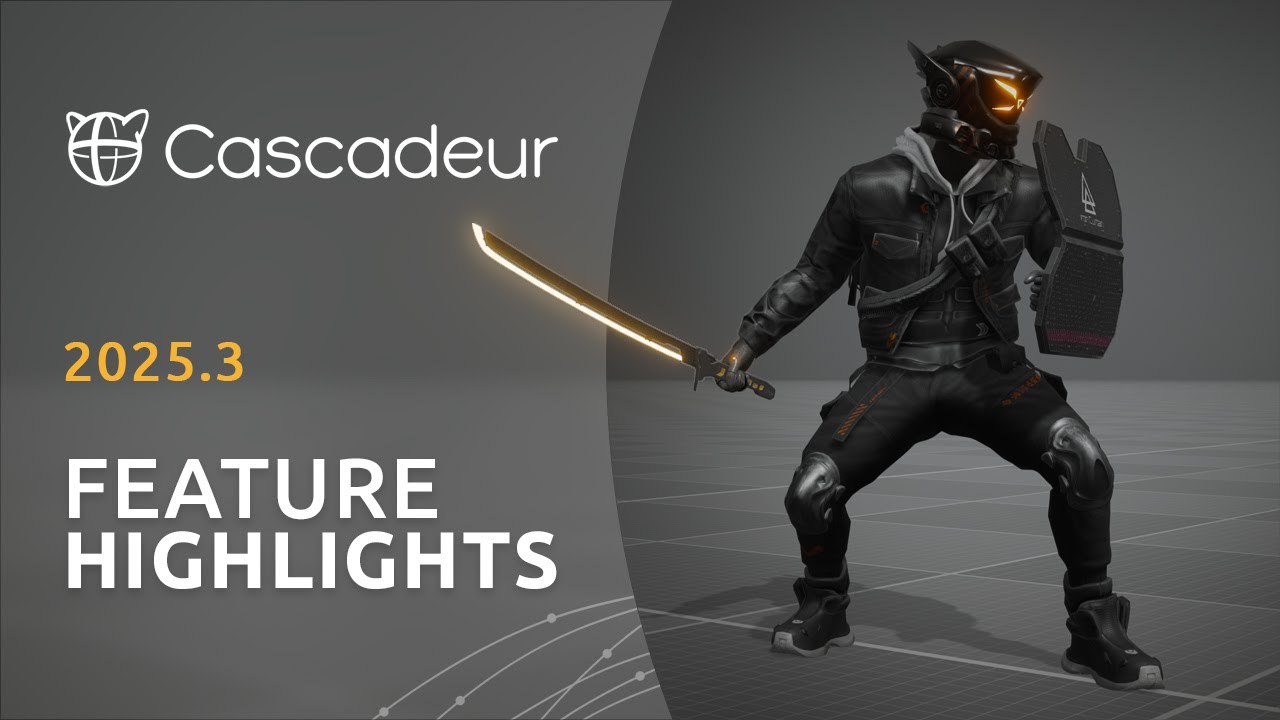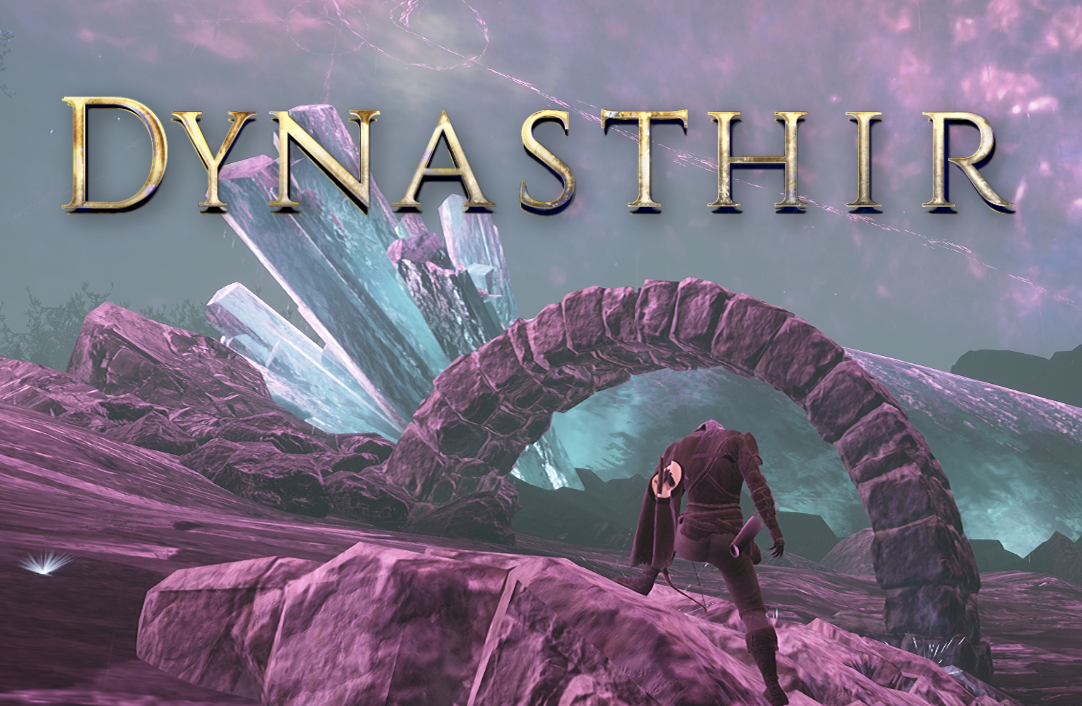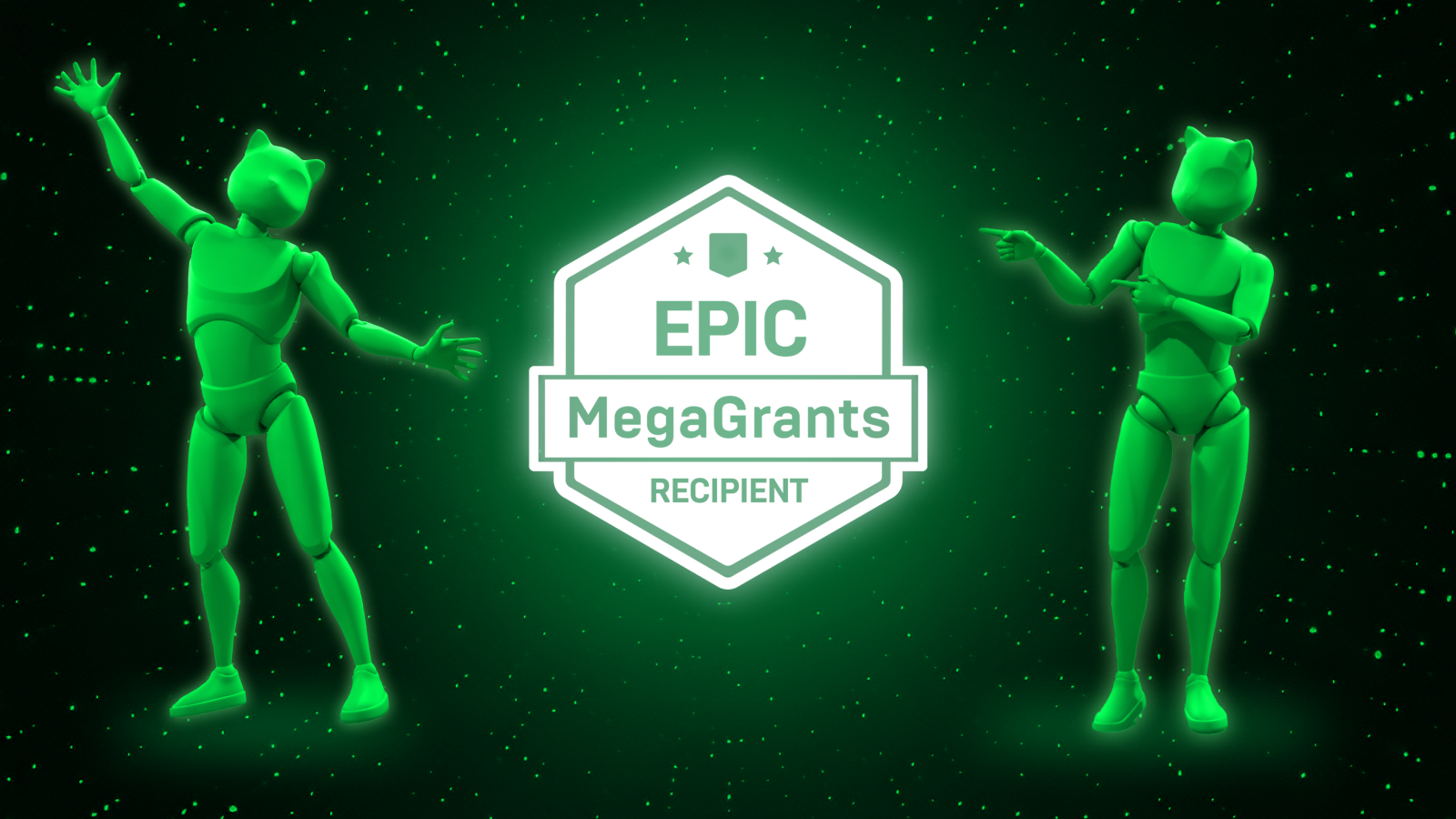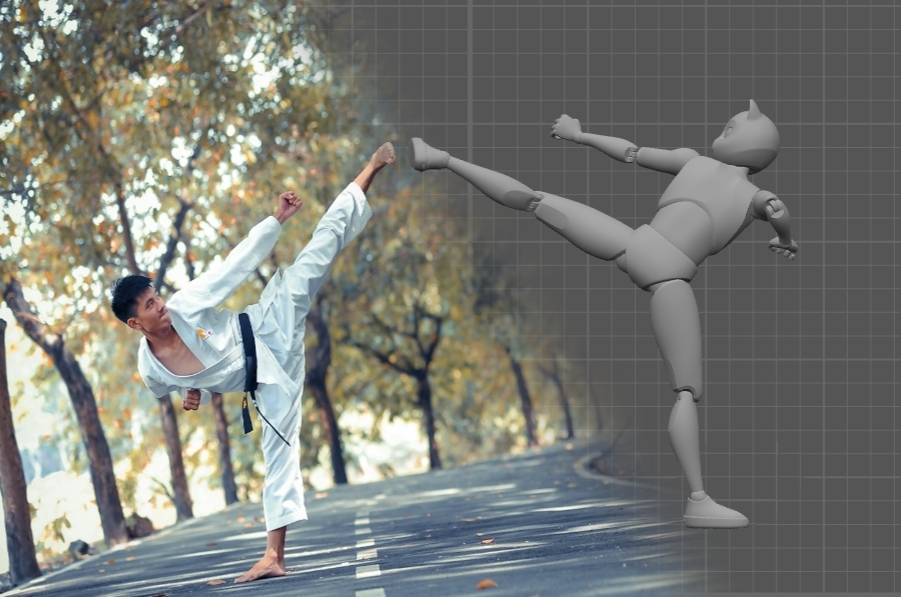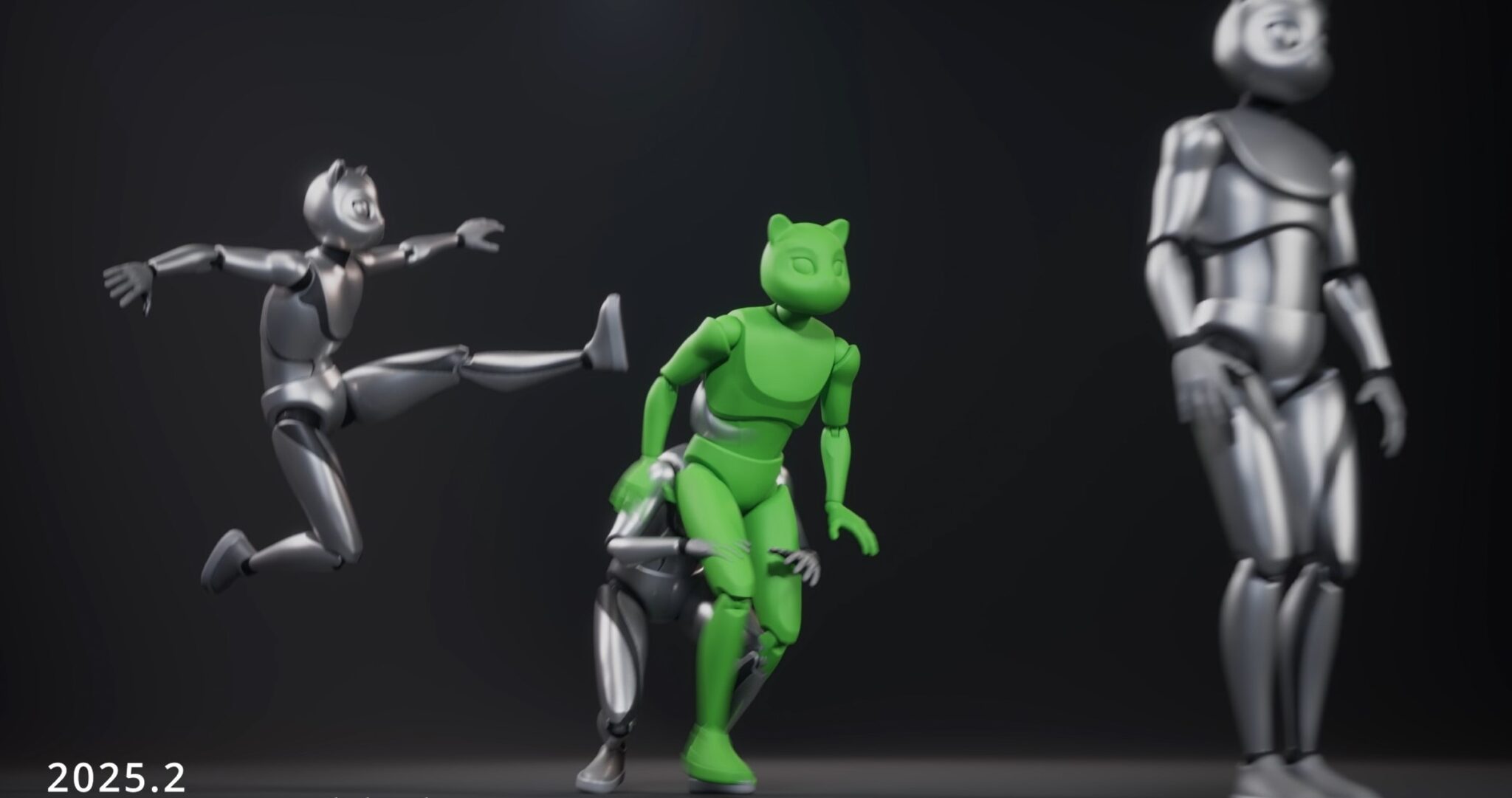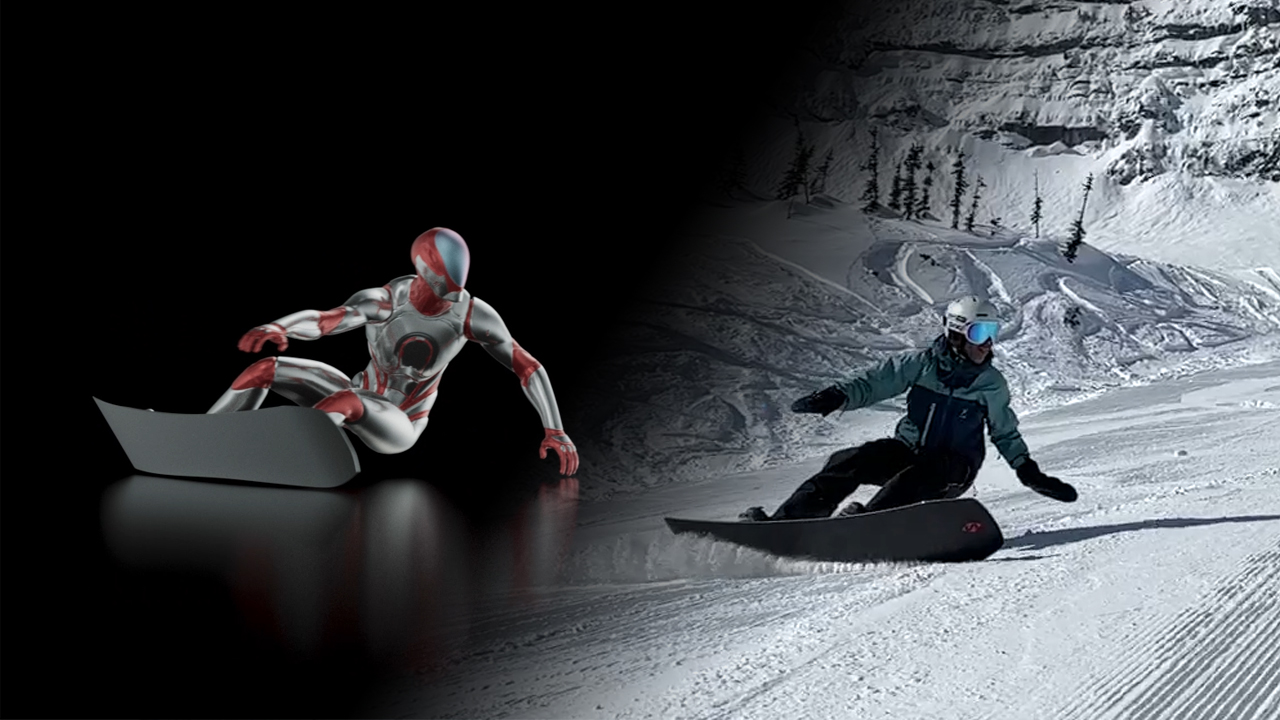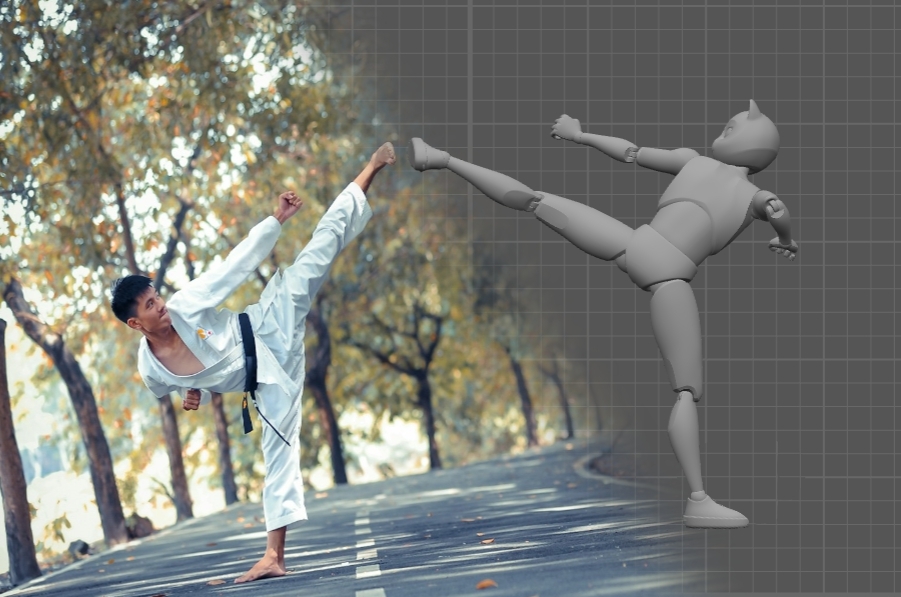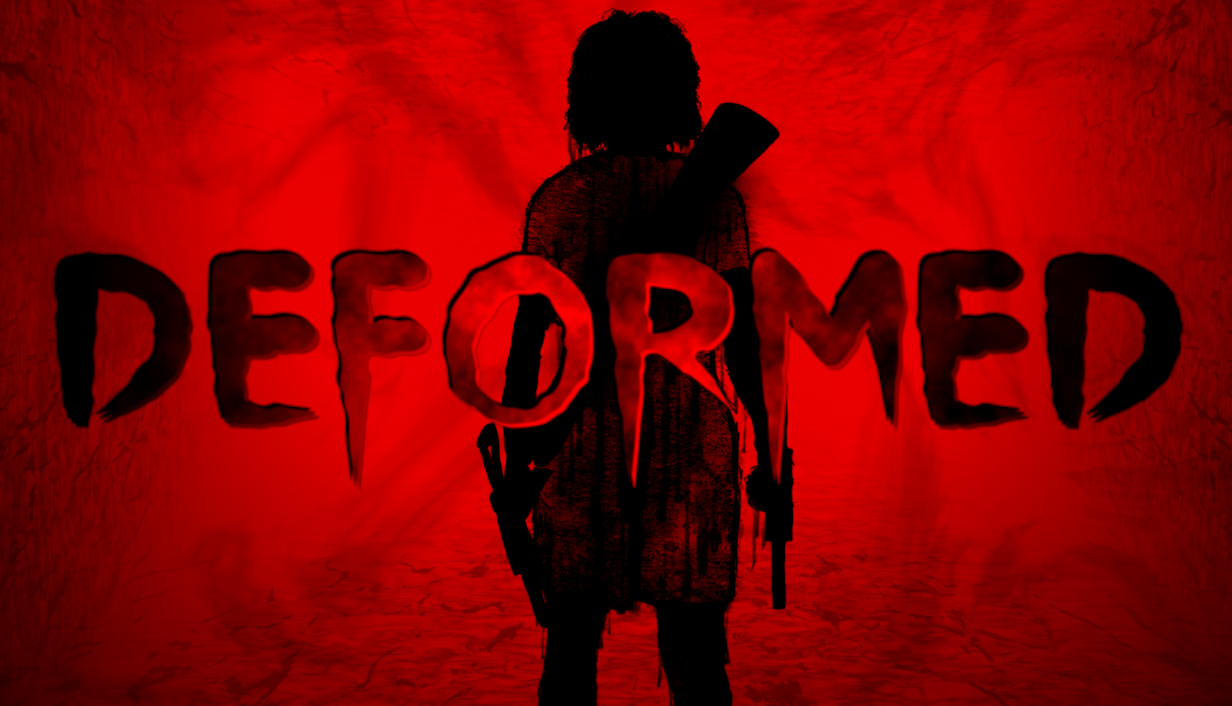
How I Made the Hardest Fighting Game
Creating a fighting game from scratch, without any prior experience in animation or game development, sounds like madness. And yet, that's exactly what I did. When I started, I didn't know a thing about game engines, animation process, or even what "12 Principles of Animation" were - I only learned about them three years later, after my game was already finished. Everything you'll see here was built purely through self-learning, trial and error, and sheer stubbornness.
So, what did I have? A burning desire to create a unique fighting game . None of the existing ones truly satisfied me (yes, my 700 hours in Tekken 7 mean nothing). I despise Tekken, Mortal Kombat, and most traditional fighters with a passion. Instead, my favorite fighting game was a niche PSP title, Naruto: Ultimate Ninja Heroes 2 . That, combined with my love for Sekiro 's parry mechanics, formed the core inspiration for my game. The challenge was: how do I merge them into something new?
Choosing My Tools
Unreal Engine was an obvious choice for game development, but animation was a different beast. Then I stumbled upon Cascadeur , and it was love at first sight. It became my only tool for bringing my characters to life. At first, I had no idea how to animate properly - I was blindly guessing, tweaking things based on gut feeling. I wasn't even using AutoPhysics or other key features because I didn't know how.
Here's a comparison of my first clunky animations versus their reworked versions two years later:
Finding My Style
The biggest frustration I had with mainstream fighting games? Ridiculously fast and unreadable animations. Half the time, you don't even see what hit you. So I went in the opposite direction - long, acrobatic, and heavy-hitting attacks. And hey, since "Cascadeur" literally means "stuntman" in French, maybe it was fate.
One of my first mechanics was Handspring , which I originally added just for fun. I wanted to see what would happen if a character kept flipping non-stop. Turns out, I loved the idea so much that I gave each boss their own unique version of Handspring, expanding their moveset by four additional attacks each:
Cinematic Combat
Another thing I hate? Modern movies (and some games) that rely on excessive shaky cam and rapid cuts during action scenes. In some cases, it's a stylistic choice, but let's be real - games do it just to hide bad animations .And movies? Just "Shake it harder" or God forbid the viewer understands anything!" right? And takeTekken 8, for example. If you enable a free camera, you'll notice that character poses change dramatically between cuts. I'm not saying Tekken's animations are bad - they're actually great. But the way the game edits its action sequences can make them feel artificial. That's exactly what I wanted to avoid in my own game.
I took a different approach: seamless cinematics with smoothly moving cameras. This required very long animations. Below is a screenshot of my longest cutscene, spanning over 3000 frames . Thankfully, modern Cascadeur versions handle long sequences with ease. The software also allows direct camera animation , which I experimented with in a green forest location. Ultimately, I returned to Unreal Engine's standard camera, since baked-in camera movements were harder to tweak later.

And of course, I filled these cinematics with slow-motion - lots of it. Who doesn't love epic slow-mo moments? Below is one of my favorite sequences - a direct homage to Rock Lee's Primary Lotus technique. Thanks to Cascadeur's Ballistic Tool , I was able to make realistic character movement through the air:
The more I used AutoPhysics and Ballistic Tool, the harder it became for me to accept bad animations in other games and movies. Once you see how things should move, there's no going back. You can even see my progress as an animator in the game itself - from the start to the end, my cutscenes and animations visibly improve. The oldest animations belong to the boss named Shiro. Could I redo them? Sure. But game development can be an endless loop of revisions, and at some point, you have to let go and move forward.
AutoPhysics Quick Guide (my method)
- Create a rough animation draft.
- Manually place fulcrum points on keyframes (especially foot contact with the ground). Auto-placement doesn't always get them right.
- Adjust AutoPhysics sliders: I recommend Smooth Trajectory = 70 and Smooth Rotation = 50 as a starting point.
- Remove offset, compare the before/after result, and fine-tune keyframes.
- Apply AutoPhysics.

Also, one of my biggest discoveries was the Constrain function, which can lock the second hand onto a weapon like a spear. Before this, I had to manually add extra keyframes to stop the hand from clipping through the weapon. If you're working with two-handed weapons - use Constrain:

Attacks Inspiration
Most of my attack ideas came from pure improvisation - grabbing a ruler, swinging it around like a sword, and translating the motion into Cascadeur. If anyone saw me in those moments, they'd probably think I was either training for a samurai duel or completely losing my mind. Other moves were "borrowed" from Naruto Heroes 2 and Sekiro:
Later, when I started running out of ideas, I experimented with motion capture. Cascadeur has this video tracking feature, which was helpful, but cleaning up mocap data is always a nightmare. Sometimes, it felt faster to animate everything manually.

What Makes Ninja Resurrection Insanely Difficult
Check the game's description, and you'll see a single phrase: "The hardest fighting game." How did it end up that way? This wasn't the original goal. I initially wanted to make a standard fighting game with selectable characters and potential multiplayer. But once I committed to a boss-rush format, everything changed. That means there are no filler enemies - only bosses and a training dummy.
Next, I tackled boss attack variety . Most games keep their bosses simple - 3 to 5 attacks, maybe 10 if the developers are feeling generous. Learn the pattern, win the fight, move on. I decided to go completely off the rails. Nearly every boss (and the protagonist) has 23 attacks , each containing 1 to 6 sub-attacks . Memorizing them all? Almost impossible. That's why I balanced things out by making parrying twice as forgiving as in Sekiro and ensuring all actions had generous windows. Then there's the damage system. I can't stand the trend where bosses feel like damage sponges, taking a thousand hits while you fall in just two. I leveled the playing field - most bosses have only twice the player's HP and deal comparable damage. You and the bosses are equals. Fair fight, right?
Lastly, the mechanics . To fully master NR, players must learn:
- Deflects and Special Deflects
- Three types of QTEs
- Mikiri Counter (straight from Sekiro)
- Chasing Ultimate
- Substitution Jutsu
- Some cheese strategies
And let's not forget chakra management - finding the right time to heal or recover chakra is a challenge in itself, as the AI shows no mercy . The default difficulty is called Insane , so players know exactly what they're signing up for.
Cascadeur's Role
I created over 800 animations for this project, all in Cascadeur. This software is incredible - it allows you to produce polished skeletal animations in mere minutes. It's packed with features designed to save time, making the animation process much more efficient. Retargeting was especially useful, letting me quickly transfer animations between skeletons. This made it easy to create identical movements for all characters - Deflecting, Getting Hit, and more. AutoPosing was also a lifesaver, allowing for quick pose adjustments while the program automatically refined elbows, knees, and even fingers. In the screenshot below, the blue dots are set by me, and the green dots are AutoPosing:

Final Thoughts
For animating humanoid characters, Cascadeur is hands down the best tool. No other software allows such fast and high-quality results with its intuitive workflow, smart hotkey placement, and exclusive features. Of course, for animating anything beyond characters, you'll still need Maya or Blender, but Cascadeur's specialized focus on dynamic movement and physics-based animation makes it an invaluable asset.
Advice to beginners: Don't be afraid to start. The only way to improve is to just do the work. As the saying goes, "A journey of a thousand miles begins with a single step." I took that step - you can too.
Second tip: Animation isn't just about making things look good - it has to feel right in gameplay. Early on, I made the mistake of focusing on visual appeal without considering attack timing. If an animation is just a fraction of a second too long, it throws off the entire game's flow. Always find the balance between practicality and aesthetics .
Curious about how I made the animations? I documented everything on my YouTube channel, so if I ever forget how I made this game, future me can cringe at past me's mistakes. And if, after reading this, you're crazy enough to try beating Ninja Resurrection: A tale of Kuro - I wish you luck. You'll need it.
Download Ninja Resurrection on Steam:
https://store.steampowered.com/app/2665940/Ninja_Resurrection_A_tale_of_Kuro/
